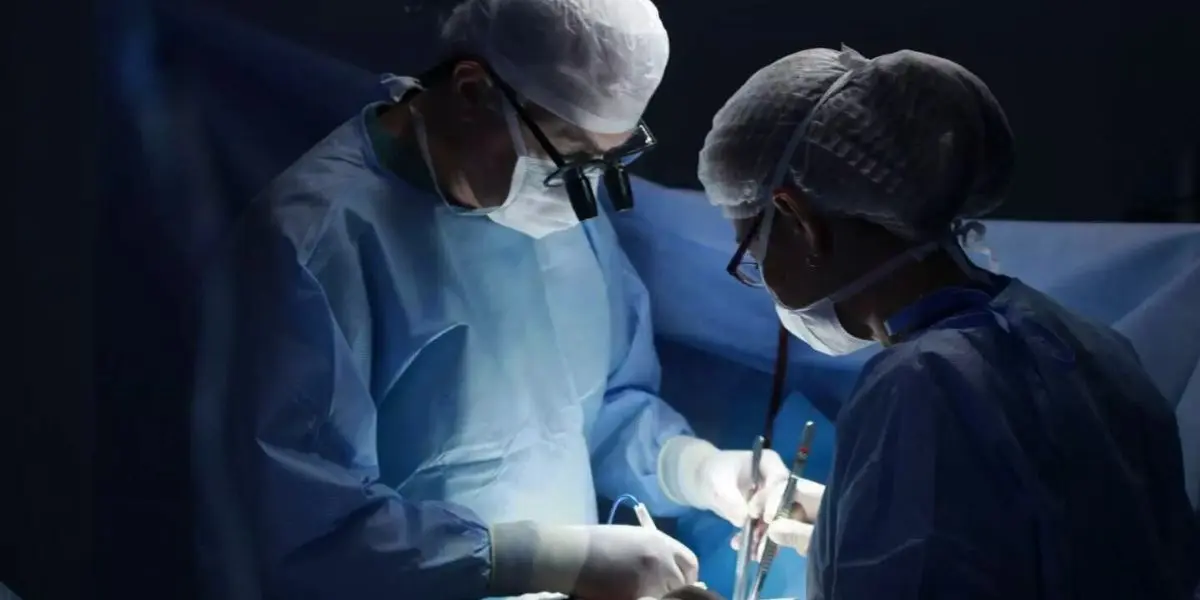In the vast sphere of medical diagnostics, imaging techniques play a pivotal role in unravelling the mysteries of the human body. From X-rays to MRIs, these methods offer profound insights into the inner workings of our anatomy. Within this, exploring the biliary system – an intricate network responsible for bile transportation and aiding digestion—is a significant area of focus.
Cholangiography is a specialized imaging technique that serves as a window into the complexities of the biliary system. This innovative diagnostic method holds paramount importance in medicine, allowing for a detailed view of the bile ducts and aiding in identifying various biliary disorders. This article will shed light on Cholangiography, how it is done, how it helps, and how you should prepare for it.
What Is Cholangiography?
Cholangiography is a medical test that assists specialists with checking out your bile conduits, like taking photos of the cylinders conveying bile from your liver to your digestive tract. They utilise an extraordinary colour and X-beams to check whether there are any issues in these cylinders, similar to blockages or different issues. This test helps specialists analyse and design treatment for liver and gallbladder issues.
How Is Cholangiography Done?
The cholangiography procedure is commonly performed during gallbladder removal surgery and consists of the following steps:
Step 1: Administration of Anesthesia
Before your surgery, you will typically receive general anaesthesia to ensure you are completely unconscious and pain-free during the procedure.
Step 2: Surgical Incision
Depending on the chosen surgical approach, your surgeon will make a single large incision for traditional open surgery or multiple smaller incisions for laparoscopic surgery.

Step 3: Placement of Catheter
Subsequently, a catheter is carefully inserted through one of these incisions and positioned in your cystic duct, which connects your gallbladder to your common bile duct.
Step 4: Injection of Contrast Dye
Using the catheter, a special contrast dye is introduced into the duct. This dye enables your surgeon to visualise your bile ducts on a monitor while they proceed with the gallbladder removal and examine for the presence of gallstones.
Step 5: Gallstone Management
Suppose the intraoperative cholangiography (IOC) uncovers the presence of gallstones. Your specialist might decide to eliminate them during the system, or they might prompt booking a subsequent arrangement for additional treatment.
Step 6: Post-Procedure Recovery
Following the cholangiography and gallbladder surgery, the recovery process is typically straightforward. However, the specific type of surgery you underwent may influence the duration and extent of your post-operative recovery needs.
How Does Cholangiography Help?
Cholangiography is a medical procedure that helps doctors see inside your bile ducts, which are like tiny tubes that carry bile from your liver to your small intestine. It is done to find and diagnose problems in this area. Here is how it helps:
1. Finding Blockages
Cholangiography helps locate any blockages or narrow places in your bile ducts, which can prevent bile flow.
2. Identifying Tumors
It helps detect tumor or growths in the bile ducts, which might be cancerous.
3. Assisting Surgery
Cholangiography provides a roadmap for surgeons when they need to operate on their bile ducts, making the surgery safer and more precise.
How Should You Prepare For Cholangiography?
Preparing for cholangiography is critical to ensuring a smooth process. Some easy actions to help you prepare:
1. Discuss Medications
Before your cholangiography, talk with your doctor about the medications you are currently taking. Pay special attention to blood thinners like aspirin or warfarin. Your doctor may recommend adjusting or temporarily stopping these medications to reduce the risk of bleeding during the procedure. Follow your doctor’s guidance closely.
2. Fasting
Typically, you’ll be asked to fast for a certain period before the cholangiography. This means refraining from eating food or drinking liquids, including water, for several hours before the procedure. Fasting helps ensure your stomach is empty, allowing for more precise imaging of your bile ducts.
Also Read:- Pediatric Liver Transplant: Everything To Know About!
3. Inform About Allergies
It’s essential to inform your healthcare team if you have any allergies, especially if you are allergic to contrast dye or iodine, which may be used during the cholangiography. Allergic reactions can be severe, so your medical team can take necessary precautions to minimise any potential risks or use alternative methods if needed.
4. Arrange Transportation
Cholangiography might include sedation or sedation to keep you happy with during the technique. Because of the likely impacts of these drugs, it’s prudent to set up for somebody to drive you home after the strategy. You may be unable to drive securely, so having a companion or relative accessible to take you back is fundamental.
5. Clothing and Personal Items
On the day of the cholangiography, wear loose and comfortable clothing that is easy to put on and take off. You could be asked to change into a medical clinic attire for the procedure. It’s wise to leave any adornments, watches, or resources at home to guarantee they are protected and not lost during your visit to the medical services office.
Conclusion
Cholangiography is a pivotal diagnostic tool, offering a clear window into the complexities of the biliary system. Its ability to visualise the bile ducts and identify various conditions affecting the liver and gallbladder has revolutionised medicine, allowing for precise diagnoses and tailored treatments; as technology advances, cholangiography evolves, promising even more sophisticated and minimally invasive procedures, further enhancing patient care.
As research progresses and medical advancements flourish, this invaluable technique will undoubtedly continue to play a critical role in the diagnosis, management, and, ultimately, the improved health outcomes of patients worldwide.